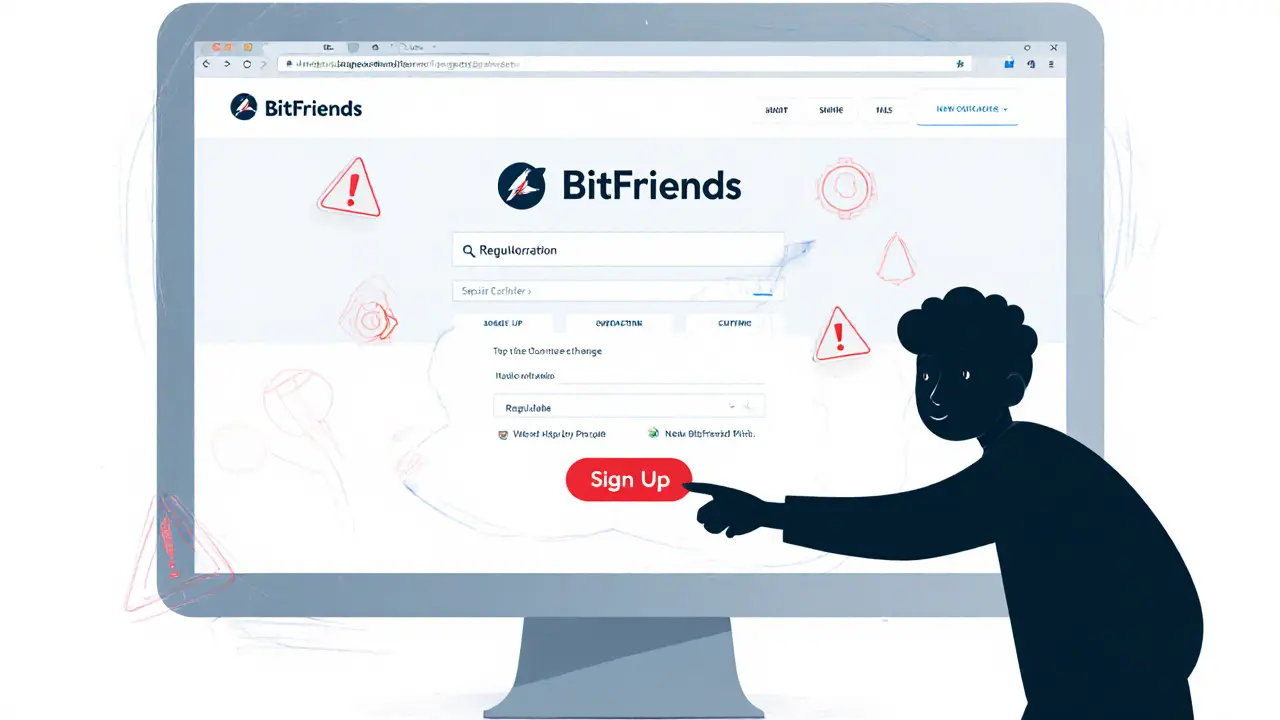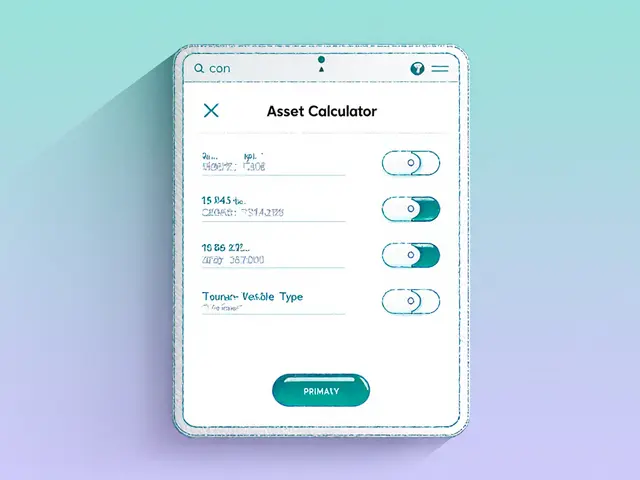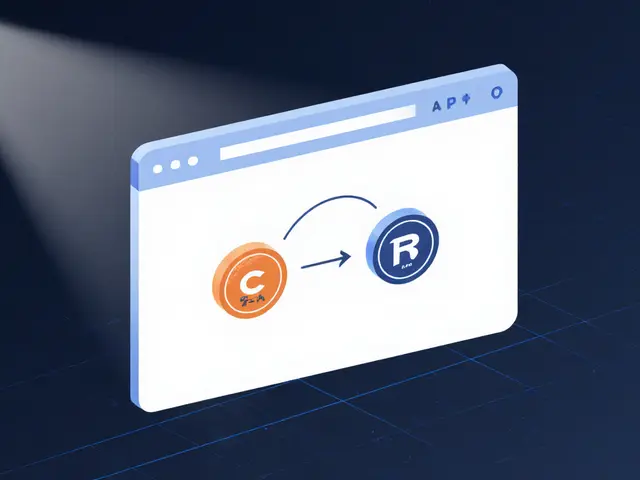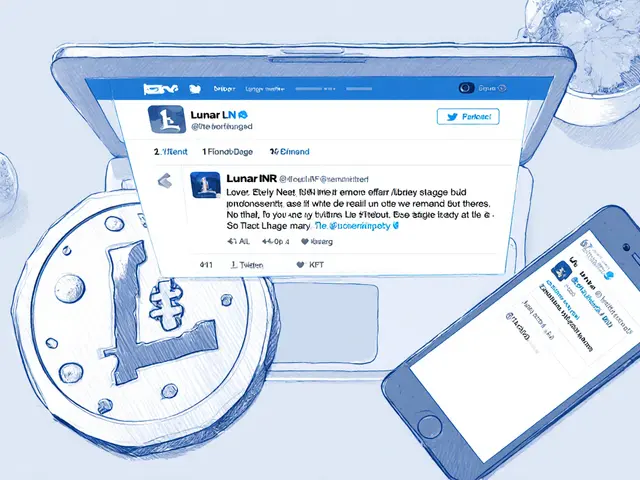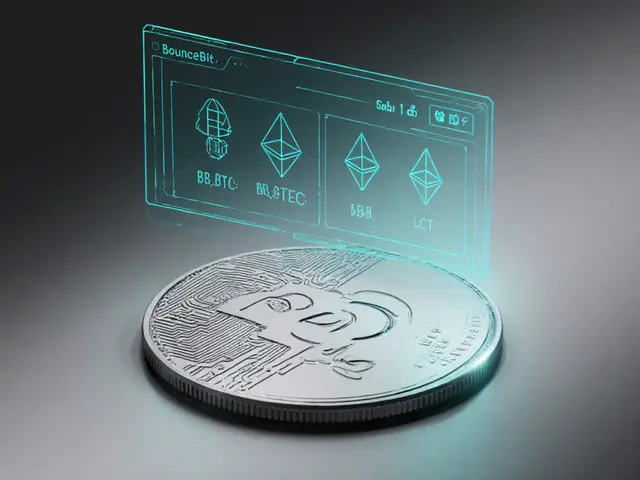Crypto Scams – What They Are and How to Stay Safe
When you hear the term crypto scams, fraudulent schemes that aim to steal digital assets from unsuspecting users. Also known as cryptocurrency fraud, the threat covers everything from simple phishing emails to elaborate Ponzi operations. Crypto scams encompass a range of tactics, and recognizing the patterns early can save you a lot of grief. One common front is phishing attacks, fake messages that look like they come from legit exchanges or wallets but actually harvest your passwords and seed phrases. Another is a rug pull, a project that vanishes after a token launch, taking all the investors' money with it. Then there are fake ICOs, initial coin offerings that promise a groundbreaking product but never deliver, leaving token holders with worthless coins. Each of these scams thrives on hype, urgency, and the promise of quick gains, so the first sign to watch for is a push to act immediately without proper research.
Why Crypto Scams Keep Growing
The market’s rapid expansion creates fertile ground for bad actors. New platforms pop up faster than regulators can catch up, and the anonymity of blockchain transactions makes it hard to trace stolen funds. Regulatory bodies around the world are tightening rules, but the pace of innovation often outstrips enforcement. That mismatch means users must become their own first line of defense. Understanding how a scam works helps you spot the red flags: unrealistic returns, lack of verifiable team members, and closed‑source code are all warning signs. A recent pump‑and‑dump scheme, for example, flooded a low‑liquidity token with bought‑up volume, luring traders into buying at an inflated price before the promoters sold their holdings and the price crashed. The pattern is the same—create hype, get people to invest, then exit with the money.
Armed with this knowledge, you can start applying simple checks before you click ‘buy’. Verify the project's whitepaper, look for independent audits, and always double‑check URLs for subtle misspellings. Use hardware wallets for long‑term storage and enable two‑factor authentication on every exchange you use. Below, you’ll find a curated list of articles that dive deeper into each scam type, explain how they’ve evolved in 2024‑2025, and give step‑by‑step protection tips you can put into practice today.
BitFriends Exchange Review 2025: Is It Safe or a Scam?
A detailed 2025 review of BitFriends Exchange, analyzing its legitimacy, security, fees, and comparing it to top crypto platforms. Includes safety checklist and trusted alternatives.
View More